Ertach Kernow - Botus Fleming; Portrait of a Cornish Parish
Botus Fleming is easy to forget, when you live in the west or even mid-Cornwall, along with the many other smaller settlement’s lying in the far east of Cornwall. Larger towns such as Saltash and Launceston are often passed through as we travel abroad into England and beyond as part of a day out, but smaller communities also have a story to tell. I can’t do justice to them here but can help start sharing something of them to a wider Cornish audience.
To the north of Saltash is the small parish of Botus Fleming that has a total area of 1.78 square miles and a population of about 750. The number of people living within the parish has risen sharply in recent years as Hatt one of the two villages has become a dormitory settlement for Plymouth. Previously employment would have been through agriculture and employment through the two mansion houses with their estates. For a short period from 1846-50 the Wheal Sophia mine operated extracting copper ore, this seems to have been short lived and following a change of name to Moditonham and Marraborough Consols between 1850-1852 then Cornwall South Tamar in 1853 it closed in 1854.
When market gardening was an important element of rural life, Botus Fleming was known as ‘The Cherry Village’. with fruit and vegetable shipped down the River Tamar to Plymouth from Moditonham Quay. The quay to the east of the parish lies on the shore of the Kingsmill Lake a creek above Saltash was also used to transport all manner of other agricultural needs and produce as well as from mining activities. The quay today is a favourite spot for those enjoying views over the river and bird watching. The salt marshes within Kingsmill Lake offering a wonderful habitat.
As with many older Cornish settlements names have changed over time. First recorded in 1259 it was Bothflumet meaning Flumet’s dwelling. Believed by some, including the 17th century Cornish historian William Hals, to have been linked to Flemings, perhaps a Norman family, who are recorded in Domesday as holding a number of manors in Cornwall. The church has a stone effigy of a knight in armour thought to be Stephen le Fleming who was a medieval Crusader perhaps one of that family.
Only one manor in this parish, situated to the east of the village of Botus Fleming, was recorded during medieval times and held by Philip de Vautort then seven generations of his descendants. Called Modeton in the early days and held from the earls of Cornwall they were part of the powerful Norman Vautort family who held the manor of Trematon and manors in Devon. The original suggested castle at Modeton, now Moditonham, was possibly just a fortified residence with licence to crenulate dating from the 14th century. Records show on 6th December 1452 Bishop of Exeter Edmund Lacy made a grant, ‘to Richard Talbot esquire and Elinora his wife of Boteflemyng in Cornwall for service in presence of either or both of them in their house at Modyton in that parish, during pleasure.’
Bishop Lacy was also making enquiries regarding the vacancy of the parish church at Bodflemyng alias Bodflyme or Bodflymy in Cornwall, resulting in chaplain John Pykan being made rector. This illustrates the various alternative spellings for the parish and there were certainly a number of people named Flemyng named around that time over a number of generations.
The mansion at Modeton, as historically described, was replaced by the existing Georgian mansion around 1710 incorporating some of the earlier buildings and again altered around 1760. It was Grade II listed in 1968 and bequeathed to the National Trust in 1978. Later sold and for many years in the ownership of haematologist, John O'Brien who was an inspired scientist best known for proving the importance of aspirin with its low dose efficacy in the reduction of heart attacks. He lovingly restored the property and took to growing daffodils and anemones exporting to Covent Garden flower market in London.
Within the grounds of Moditonham Park is a Grade II listed dovecot dating to circa mid eighteenth century. Constructed of slatestone and Devon limestone rubble, with brick dressings it formerly had a slate roof. It was used to provide the kitchens at Moditonham with squab’s, young tender pigeons, much favoured by the wealthy owners. It also acted as a folly, which were very popular constructions by the wealthy in the 18th century.
Probably the family with the longest connection to Botus Fleming parish is the Symons family of Hatt, here we are indebted to the work of Arthur John Jewers a late 19th century antiquary who provides early information. Church records show that the Symons family have been part of Botus Fleming parish since the early 16th century.
Within Botus Fleming church there is a mural tablet in memory of William Symons Esq, of Hatt, High Sheriff of Cornwall, who died 9th August, 1766, aged 70. Probably the best-known Symons is Lieutenant-General William Penn Symons who died in the Boer War in 1899. Said to have been a man of high ability and a leader of exceptional valour an imposing memorial was erected in Victoria Gardens in Saltash and unveiled by the Earl of Mount Edgcumbe on 18th September 1901. A stained-glass window was made for Botus Fleming Church depicting Christ with Roman centurion and soldiers. General Symons was incidentally a descendant of William Penn founder of Pennsylvania, hence the forename Penn.
The historic Grade II* mansion Hatt House dates from late 16th or early 17th centuries. About 1710 a new house was built as an extension to the front of the older property with further altered through to the 19th century. This property has been in the Symons family for 450 years and for a period of some 40 years resided in the occupation of in-laws as the properties heir had vanished and later drowned. All down to an unacceptable love match. However, the vanished heirs son discovered the family legacy after his father's accidental drowning in Liverpool and returned to claim his inheritance.
The parish also has a holy well known as the Bidwell or Bid Well. The housing is constructed of granite and slatestone dated to the late 15th century. Internally it has a plastered vaulted ceiling, slate floor and a niche containing a 19th century statue of the Virgin Mary. It was repaired as with many similar holy wells during the 20th century.
A somewhat strange burial monument marked mausoleum on older maps lies to the east of the church. This marks the burial of William Martyn a Doctor of Physic of Plymouth in 1762. At his instructions his tomb was to be placed at the highest point in middle of the field. On top of the chest tomb is an obelisk, the monument being twelve feet high. His father was mayor of Plymouth twice in 1683 and 1685 and bought land in Botus Fleming in 1706, perhaps with the idea of building a property within close reach of Plymouth. On his death property at Botus Fleming was inherited by his son William. He wanted to set an example to poor people, although a good Catholic Christian, of not being buried in consecrated ground. He says, in modern terms, engraved on the tablet on his tomb that they should better spend the money on sustenance for themselves rather than on expensive burials for their families. They shouldn’t fear that on judgement day that their kin would suffer because of not being buried in consecrated ground. He obviously thought the church was running a scam of overcharging. Perhaps a follow on from medieval practices of selling indulgences and relics from dubious sources such as saints fingers and slithers of the true cross.
Now something for those that appreciate a quiet real ale pub, Botus Fleming has the Rising Sun. Described by CAMRA Kernow as; ‘tastefully refurbished after having been largely unaltered for years, this rural gem is tucked away in a quiet village near Saltash, just off the beaten track. The three real ales are regularly and imaginatively changed.’ A pub has been on this site for at least nearly 160 years recorded as the Rising Sun on the ordnance survey map surveyed in 1865. However closer inspection of the first ordnance survey of 1809 shows a building on the site of the existing Rising Sun over 50 years earlier. Over that period the building has been extended from that originally constructed.
Although Botus Fleming is a small and fairly unknown parish to most of Cornish residents living further to the west, it has a lot of history crammed into their less than two square miles. If travelling nearby I believe well worth a visit.
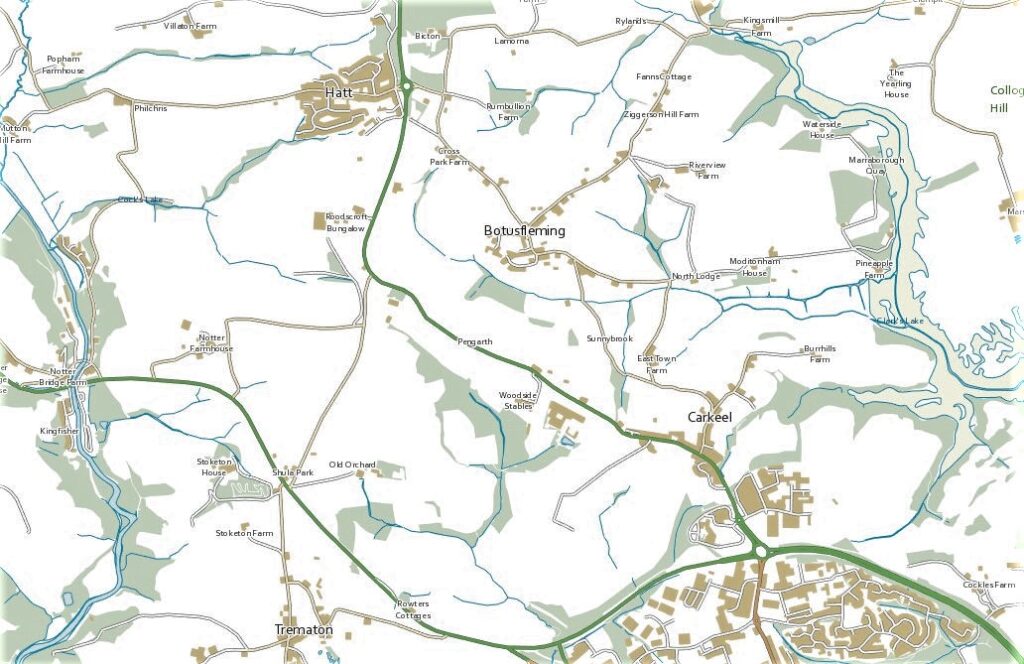
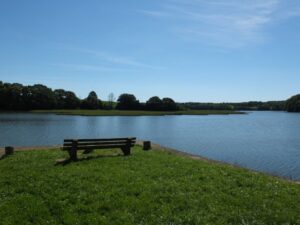

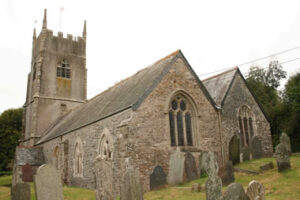
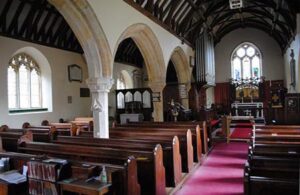
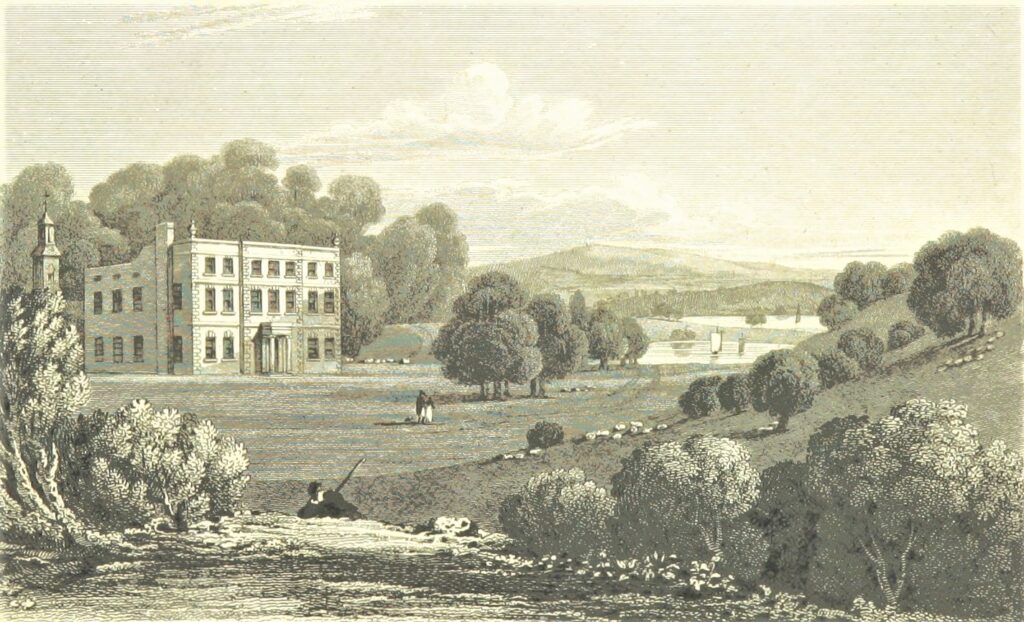
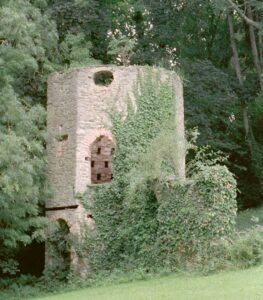
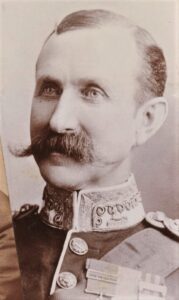
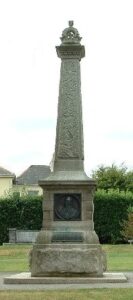
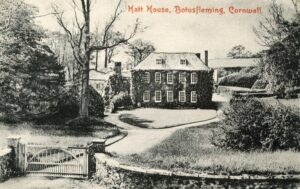
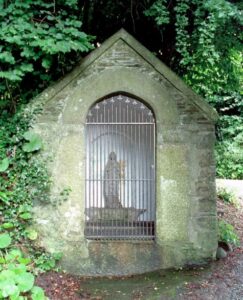
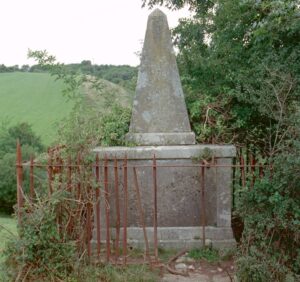
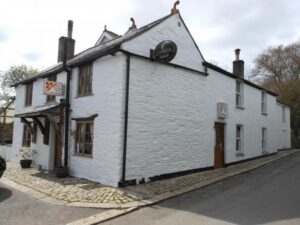
![[60] Voice - Ertach Kernow-110821A Portrait of a Parish [L] Ertach Kernow- Portrait of a Parish, Botus Fleming](https://www.cornwallheritage.com/wp-content/uploads/2021/08/60-Voice-Ertach-Kernow-110821A-Portrait-of-a-Parish-L-229x300.jpg)
![[60] Voice - Ertach Kernow-110821B Portrait of a Parish [L] Ertach Kernow- Portrait of a Parish, Botus Fleming](https://www.cornwallheritage.com/wp-content/uploads/2021/08/60-Voice-Ertach-Kernow-110821B-Portrait-of-a-Parish-L-228x300.jpg)